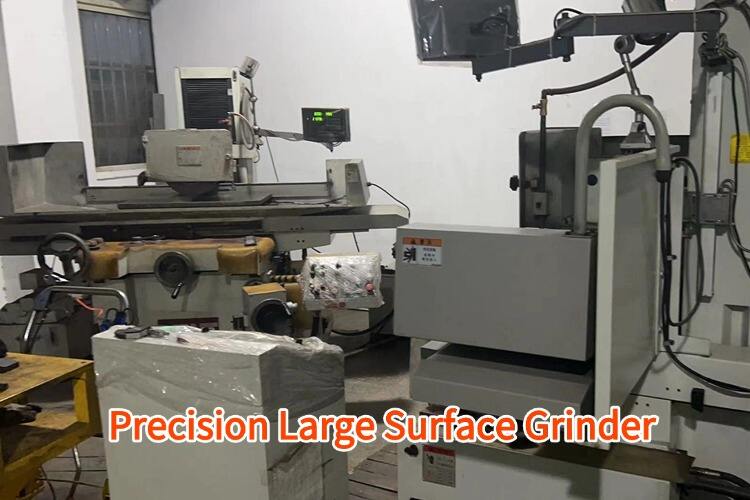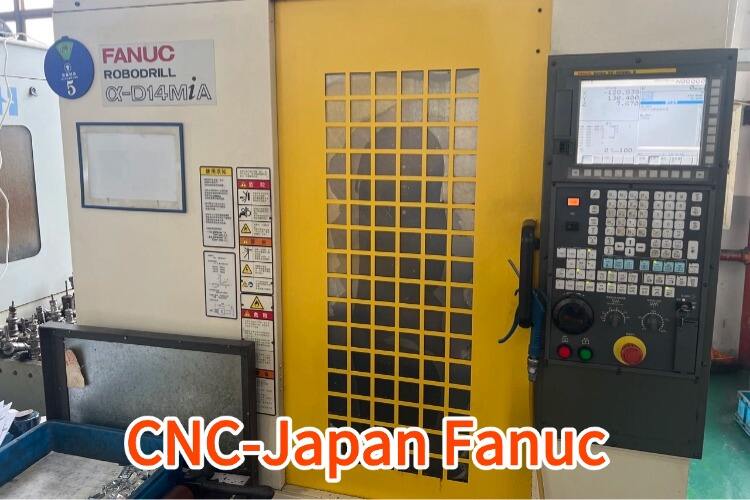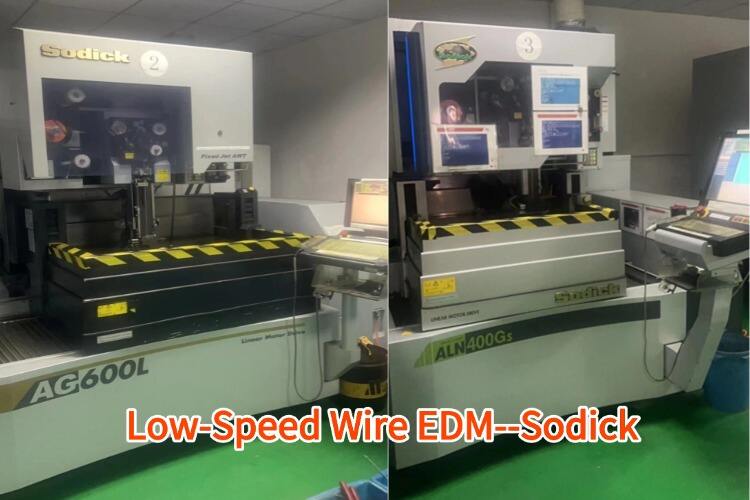metal surface treatment types
Metal surface treatment encompasses a diverse range of processes designed to enhance the physical, chemical, and aesthetic properties of metal components. These treatments serve multiple critical functions, including corrosion resistance, wear protection, improved conductivity, and enhanced appearance. Common treatment methods include electroplating, which deposits a thin layer of metal onto the surface, anodizing for aluminum components to create a durable oxide layer, and chemical conversion coatings that transform the metal surface into a protective compound. Thermal spraying applies molten or heated materials to create thick, protective coatings, while powder coating provides both protection and decorative finishes. Advanced surface treatments like Physical Vapor Deposition (PVD) and Chemical Vapor Deposition (CVD) create extremely thin, highly uniform coatings for specialized applications. These processes are essential in industries ranging from automotive and aerospace to electronics and architectural applications. The selection of appropriate surface treatment depends on factors such as the base metal, environmental conditions, performance requirements, and cost considerations. Modern surface treatment technologies incorporate automated process control and environmental considerations, ensuring consistent quality while minimizing environmental impact.


